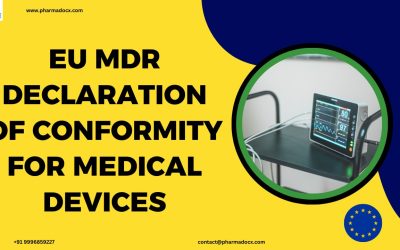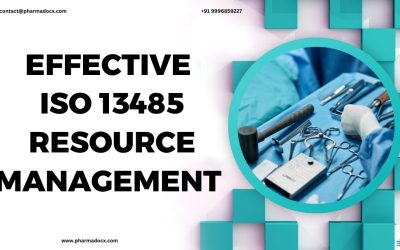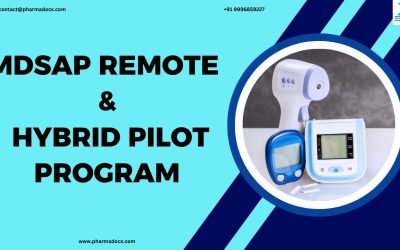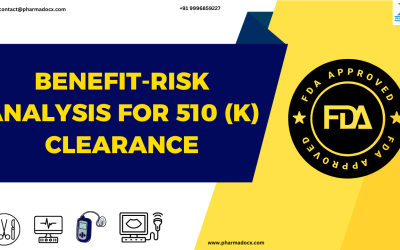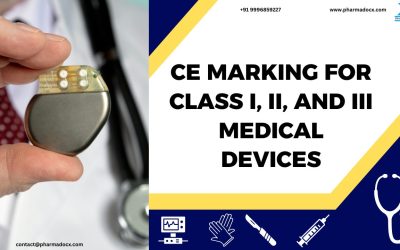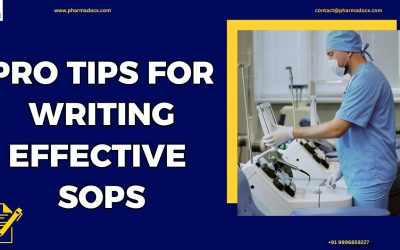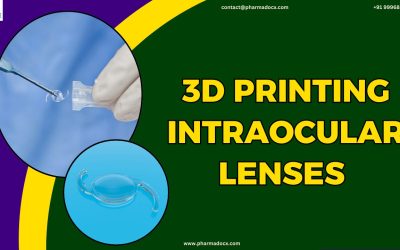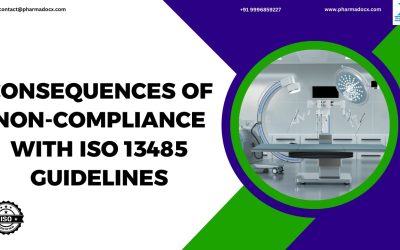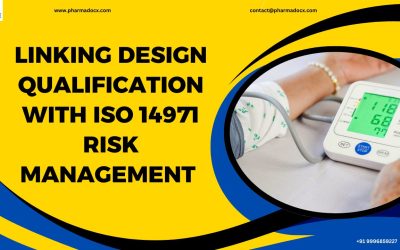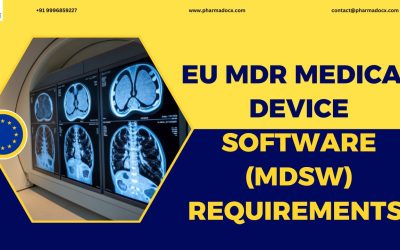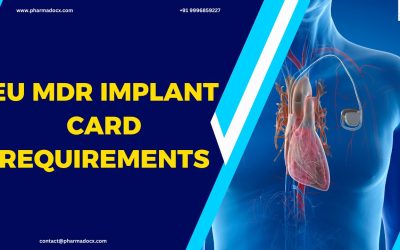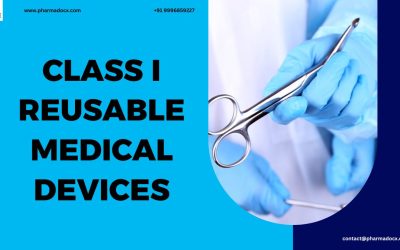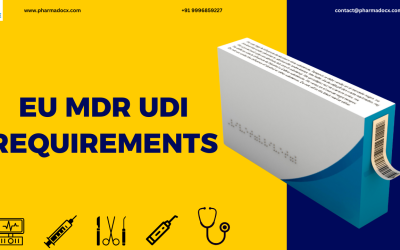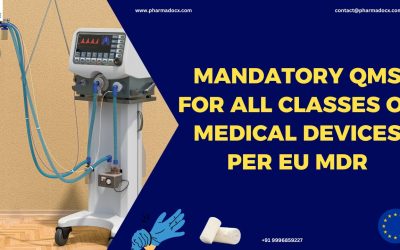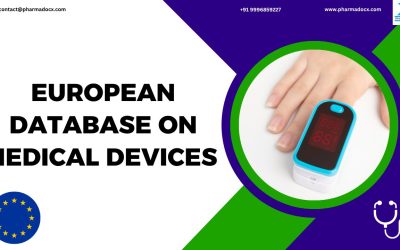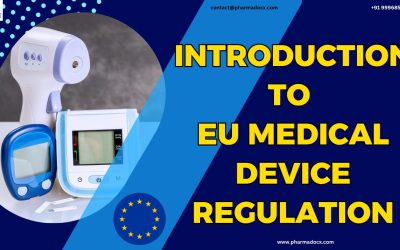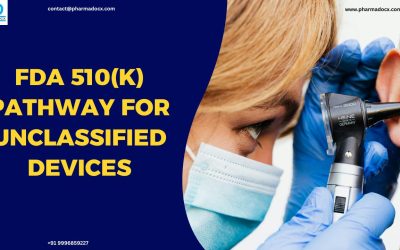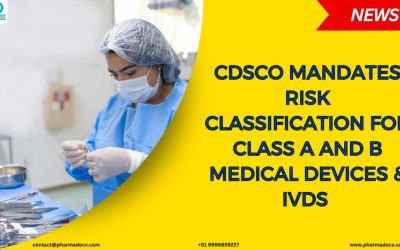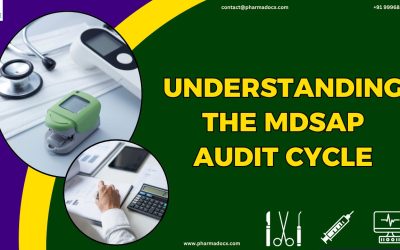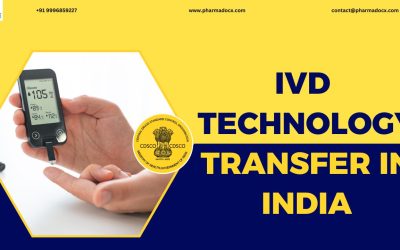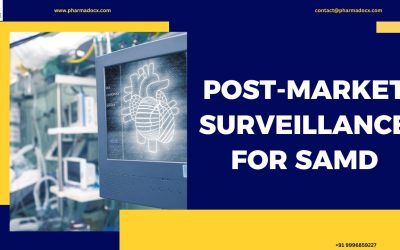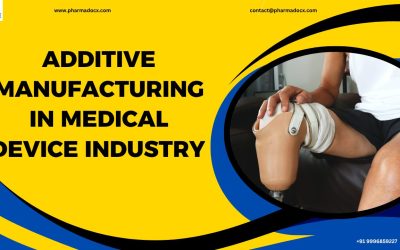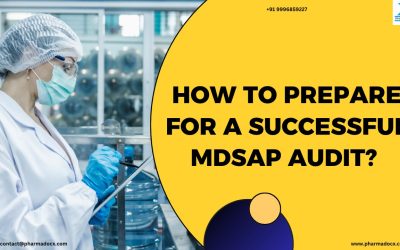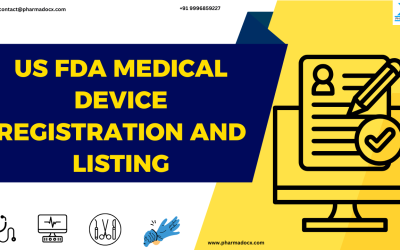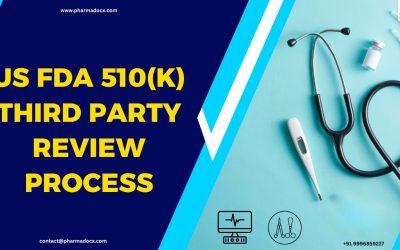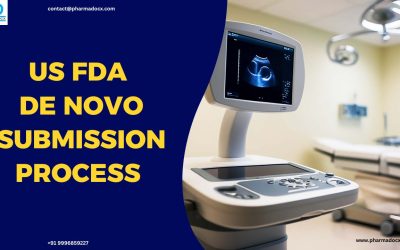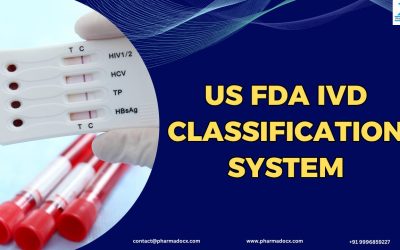Our Blog
CE Marking for Ophthalmic Medical Devices
Ophthalmic medical devices are specialized instruments and equipment used to diagnose, monitor, and treat eye conditions. These devices range from simple diagnostic tools to advanced therapeutic and surgical products. CE marking is critical for ophthalmic medical...
EU MDR Declaration of Conformity for Medical Devices: Insights
The EU MDR declaration of conformity (DoC) is a legally binding document required under EU medical device regulation (MDR). Every medical device manufacturer must issue the DoC before placing a device in the European market. It serves as the manufacturer’s formal...
4 Key Components of Effective ISO 13485 Resource Management
ISO 13485 resource management is a critical part of the Quality Management System (QMS) under ISO 13485:2016. ISO 13485 resource management ensures organizations maintain competent personnel, reliable infrastructure, controlled environments, and calibrated monitoring...
Quality Management System: 10 Benefits of an Effective QMS
A quality management system (QMS) is a structured framework designed to ensure consistent delivery of products and services that meet customer and regulatory requirements. It integrates elements, such as document control, training, audits, risk management, and...
MDSAP Remote and Hybrid Pilot Program: Key Insights
MDSAP remote and hybrid pilot program was launched to modernize medical device audits by introducing digital flexibility while preserving regulatory rigor. It emerged as a response to global challenges while ensuring manufacturers remain compliant across multiple...
Dubai to host the world’s largest healthcare event with record international exhibitors and visitors
With 33 international pavilions already confirmed, World Health Expo in Dubai and World Health Expo Labs in Dubai, the co-timed flagship events, are expected to welcome more than 270,000 professional visits from 180 countries and over 4,800 exhibitors China, Germany,...
Benefit-Risk Analysis for 510 (k) Clearance: 4 Key Elements
US FDA 510(k) clearance is a premarket notification pathway for medical devices intended for U.S. market entry. This pathway is essential for devices that are not exempt from FDA 510(K) and is not already legally marketed. Additionally, it is required for devices that...
HVAC System Validation in Pharmaceutical Industry: 4 Stages
In the pharmaceutical industry, the Heating, Ventilation, and Air Conditioning (HVAC) system is a critical infrastructure. It controls temperature, humidity, air quality, and cleanliness to ensure product safety, regulatory compliance, and worker comfort. HVAC systems...
CE Marking for Class I, II, and III Medical Devices: A Guide
CE marking is a mandatory requirement for medical devices sold in the EU/EEA. It demonstrates compliance with EU MDR safety, performance, and quality requirements. The process involves classification, conformity assessment, technical documentation, and post-market...
10 Key EU MDR Cybersecurity Requirements for Medical Devices
In the modern healthcare system, every connected device can be a potential entry point for hackers. Protecting these systems ensures that innovative digital medical devices remain safe, reliable, and trusted. Hence, cybersecurity is vital in the medical device...
10 Tips for Writing Effective SOPs for Medical Device Industry
SOPs are regulatory non‑negotiables. Regulators mandate SOPs to safeguard patient safety, reduce variability, and provide auditable evidence of quality control. In most regulated markets, SOPs are mandatory for licensing, certification, and market access. SOPs form...
3D Printing Intraocular Lenses: Your Complete Guide
Intraocular lenses (IOLs) are artificial lens used to replace the natural lens that has been removed during cataract surgery. Traditionally, these lenses are produced using cast molding and lathe-cutting methods. However, these approaches restrict design flexibility....
4 Consequences of Non-Compliance with ISO 13485 Guidelines
Medical device manufacturers should comply with ISO 13485 because it ensures patient safety, enables global market access, reduces regulatory risk. Non-compliance with ISO 13485 can have serious repercussions for medical device manufacturers. This can lead to...
Linking Design Qualification with ISO 14971 Risk Management
In the medical device industry, every design decision must align with safety and regulatory expectations. Design qualification (DQ) validates whether the chosen design, materials, and components meet user needs and regulatory requirements. ISO 14971 provides the...
Effectively Reviewing GMP Documents: A 10-Step Guide
Good manufacturing practice (GMP) documents are the backbone of pharmaceutical quality systems. It serves as controlled records that ensure consistency, traceability, and compliance with regulatory standards. We have prepared a comprehensive guide on how to review GMP...
5 EU MDR Medical Device Software (MDSW) Requirements
EU MDR defines medical device software (MDSW) as a software with medical purpose, whether standalone or embedded in a device. MDSW is regulated as an active medical device. Its classification is primarily determined by Rule 11 of Annex VII. Most diagnostic or...
Roles of Person Responsible for Regulatory Compliance (PRRC)
Person Responsible for Regulatory Compliance (PRRC) is a mandatory requirement under Article 15 of the EU Medical Device Regulation (MDR). It requires manufacturers and authorized representatives to appoint a qualified individual with expertise in regulatory affairs...
EU MDR Implant Card Requirements: Everything You Need to Know
An implant card (IC) is a patient-specific document that accompanies an implantable medical device. It provides essential information on the person's implanted medical device. It is required by Article 18 of the EU medical device regulations (MDR). Moreover, it must...
5-Step Guide to Obtaining Single Registration Number (SRN)
Single Registration Number (SRN) under the EU MDR is a unique identifier assigned to economic operators. The SRN is assigned once the economic operators are registered in the EUDAMED database. It serves as a critical regulatory tool for ensuring traceability,...
EU MDR General Safety and Performance Requirements (GSPRs)
General Safety and Performance Requirements (GSPRs) are a comprehensive set of criteria medical devices entering the EU market must meet. Outlined in EU MDR, they form the cornerstone of medical device regulatory compliance. GSPRs aim to ensure safety, performance,...
Class I Reusable Medical Devices: Class Ir under EU MDR
Class I reusable medical devices (Class Ir) refer to a subclass of Class I medical devices under the EU Medical Device Regulation. They cover reusable surgical instruments. Class Ir are non-invasive tools intended for repeated use in surgical procedures. They require...
EU MDR UDI Requirements: Everything You Need to Know
Under the EU Medical Device Regulation (MDR), the Unique Device Identification (UDI) system is mandatory for most medical devices. The aim is to enhance traceability, post-market surveillance, and patient safety. Manufacturers must assign a Basic UDI-DI for device...
Mandatory QMS for all Classes of Medical Devices per EU MDR
Quality management system (QMS) is a structured framework that ensures an organization consistently delivers products meeting customer and regulatory requirements. Notably, EU Medical Device Regulation (MDR) has specified mandatory QMS for all classes of medical...
10 Key Roles and Responsibilities of EU MDR Notified Body
An EU MDR notified body is an independent organization designated by an EU Member State. Notified Bodies play a central role in EU MDR compliance. They independently assess whether medium- and high-risk medical devices meet EU MDR requirements before they can be...
European Database on Medical Devices (EUDAMED): Objectives
European database on medical devices (EUDAMED) is the European Commission’s centralized IT system for medical device and IVD regulation. It has been designed to enhance transparency, traceability, and coordination across EU Member States. EUDAMED serves as the digital...
Introduction to EU Medical Device Regulation (MDR): Key Terms
European Union Medical Device Regulation (EU MDR) 2017/745 is a framework governing safety and performance of medical devices in EU. It came into full effect on May 26, 2021, replacing the previous Medical Device Directive (MDD). It aims to address gaps in oversight...
10-Step Guide to Hassle-free Integration of UDI into QMS
Integrating unique device identification (UDI) into your quality management system (QMS) will enhance traceability, compliance, and operational excellence. UDI will improve efficiency of the medical device supply chain as well as enhance patient safety and post-market...
8 Step Guide to FDA 510(k) Pathway for Unclassified Devices
The primary focus of FDA 510(k) pathway is Class I and Class II medical devices. However, medical devices that lack formal classification may still be eligible for 510(k) clearance. Unclassified devices can still follow the FDA 510(k) pathway, if a legally marketed...
CDSCO Mandates Risk Classification for Class A and B Medical Devices & IVDs
Recently, CDSCO has issued a notice reminding State Licensing Authorities (SLAs) that manufacturing licenses for Class A and B medical devices and IVDs must be issued only after verifying the device’s risk classification in the CDSCO’s official list. Notably, issuance...
Understanding the MDSAP Audit Cycle: A Comprehensive Guide
The Medical Device Single Audit Program (MDSAP) is one comprehensive audit for meeting the regulatory requirements of multiple participating countries. Achieving regulatory harmonization across different regulatory industries will help manufacturers easily launch...
IVD Technology Transfer in India: Key Components & Regulations
IVD technology transfer is crucial for manufacturers transitioning IVDs from development to full-scale production or relocating manufacturing between facilities. A successful transfer demands meticulous planning, comprehensive documentation, and alignment with...
10 Best Practices for Post-Market Surveillance for SaMD
Post-market surveillance (PMS) for software as a medical device (SaMD) is a critical regulatory and operational requirement. It ensures ongoing safety, performance, and compliance once the product is launched in the market. SaMDs are reshaping modern healthcare. They...
Additive Manufacturing in Medical Device Industry: The Future
Additive manufacturing is revolutionizing the medical device manufacturing industry. It can be used to create complex, customized, and patient-specific products at unprecedented speed and precision. Additive manufacturing is opening new possibilities for medical...
How to Prepare for a Successful MDSAP Audit? Your Guide
Preparing for a successful medical device single audit program (MDSAP) audit requires strategic planning, robust documentation, and cross-functional alignment. For manufacturers seeking to demonstrate regulatory compliance across multiple jurisdictions, MDSAP is a...
Global Cosmetic Regulation: Heavy Metal Limit for Cosmetics
Heavy metals, such as lead, mercury, arsenic, cadmium, and antimony, are considered toxic contaminants in cosmetics. While some may occur as unavoidable impurities due to environmental ubiquity, worldwide regulatory bodies enforce limits to mitigate health risks. To...
An 8-Step Guide to Selecting a US FDA agent for Your Company
A U.S. FDA agent is a designated representative required for foreign companies that manufacture, process, or distribute FDA-regulated products. These products, such as medical devices, drugs, or food, should be intended for import into the United States. We have...
US FDA Medical Device Registration and Listing: Complete Guide
FDA medical device registration and listing is a mandatory annual process. Medical device companies are required to register their facilities and list their specific products with FDA. It is a regulatory requirement for any company that manufactures or imports devices...
US FDA 510(k) Third Party Review: Everything You Need to Know
The FDA 510(k) Third Party Review Program is a voluntary alternative review pathway. It allows accredited third-party organizations to review certain low- to moderate-risk medical device submissions instead of the FDA itself. The Third Party Review process helps...
A Guide to US FDA De Novo Submission Process and Timeline
US FDA De Novo submission is a regulatory route for low to moderate-risk medical devices that lack a predicate device. It enables manufacturers to classify novel devices into Class I or Class II. This allows the device to be marketed in the US. Additionally, it can...
US FDA IVD Classification System: A Comprehensive Guide
In vitro diagnostics (IVDs) have a vital role in improving patient outcome and public health surveillance. IVDs are used to detect diseases, monitor health conditions, guide treatment decisions, detect diseases early on, and support precision medicine. Hence, IVDs...


